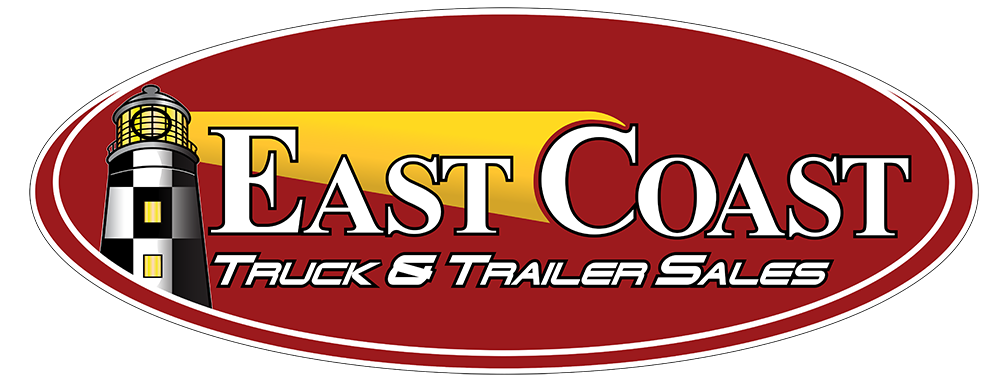Running Smart
Tips and more tips to stay profitable no matter whatEver felt like your trucking business was careening down an ice-covered mountain in ‘Georgia overdrive’? (That’s in ‘neutral’ for the younger truckers out there.) Many of us have wondered, “What was I thinking when I bought this #%&! truck? Now what?”
Well, to make it to the bottom in one piece, you’ll need to run smart.
For the majority of truckers and small motor carriers, even as the rates have improved, costs are still increasing. We’re left wondering what catastrophe is around the next bend. How are the threatened tariffs with our nation’s trading partners going to impact the freight we haul? And how can we plan for it?
As any great football coach knows, when the team’s behind and the opposition is first and goal on the 10-yard-line, he must return to the basics to turn the game around. We need to do the same—return to the basics of trucking, the basics of how to succeed in business. In short, look at your business as if you were just starting out.
You need to have a plan in place. Review what your business has done in the past, what worked, and what caused problems. From there, start laying out your game plan. What are the short-term and long-term objectives of your company?
Here’s a step-by-step guide to accomplish this:
- Figure out what you’ll need in equipment to achieve your goals.
- How many people will it take to get the job done to reach your objectives?.
- How much in cash flow and cash reserves will it take to acquire and run the equipment, plus pay the personnel on your team for the next six months? Next year? Two years? How many dollars will you need to set aside in your company savings to be capitalized (grow) in the next three to five years?
- Who are your customers, and how stable are their businesses? What is their growth potential or anticipated downsizing? How does this affect reaching your goals? Where can you find new customers?
- What hauling rates do you need in order to achieve the funds necessary to pay all the expenses and meet the required amounts in savings to grow?
- What needs to be adjusted, cut, increased, or changed to make this plan work?
Once you’ve finished the plan, go back and review it to make sure you didn’t miss anything. Then return to it at least once a month and adjust, cut, increase, or change as warranted.
Finally, implement the plan. This business plan is what will get you off that ice-covered mountain in first gear and in one piece.
In the next article, we’ll show you how to take the plan from the locker room to the playing field. Remember, a plan is just a plan until it’s put into action. Then it becomes a result.
What to consider
As you start down this financial hill fully loaded, here are some things to keep in mind:
- Keep a close eye on what’s happening within your hauling niche. Talk with your customers and find out what they are projecting in the near future—not just for their company but also for their industry.
- Study the industries to which your customers sell or from which they buy. The more you know what’s happening to the industry you serve, the greater you’ll be prepared for any changes that occur.
- Track shipments that are similar to what your trucks haul and that travel within your hauling lanes. Know your lanes and the freight hauled in them better than the back of your hand.
- Follow the trends in the oil and fuel markets so you can anticipate increases and decreases in your fuel cost and adjust your hauling rates accordingly. Stay ahead of the curve.
- Keep a close eye on your costs; reducing or eliminating them is your objective. But beware—make sure that reducing or eliminating an expense doesn’t diminish your ability to provide top-of-the-line service.
- Think customer service—the best way to be sure you can increase your rates when necessary without losing a customer is establishing the highest level of customer service possible.
- Create a customer service bar so high that your competition has to struggle to match it.
- Cut expenses before increasing hauling rates. Be able to prove to your customers that you did everything possible to avoid increasing those rates.
- Don’t wait until your costs have significantly increased before raising your hauling rates. Help your customers by making small, incremental increases. If your costs have increased by 5%, it’s time to consider a rate increase. Avoid ‘sticker shock’ for your customers; they’ll appreciate it.
- Communicate with those in your operation. Keep everyone in the loop, i.e, drivers, dispatch, and sales. Include your customers’ key people: the folks on the dock, in shipping and receiving and the front office. Maintain a list of emergency contact numbers with alternate contacts as backup as well as e-mail addresses. Use when needed.

